In the San Rafael de Velasco municipality in Bolivia’s Santa Cruz department, the expansion of the San Rafael municipal protected area on September 16th, 2024, safeguards 725,664 acres (293,666 hectares) more of Chiquitano dry tropical forests threatened by deforestation and fires. The San Rafael de Velasco municipal protected area improves the conservation of the biodiverse yet threatened Chiquitano Dry Forest – the last large remaining dry tropical forest in South America, which connects with the southernmost Amazonian forests of Bolivia and the nearby Pantanal, the world’s largest wetland. The Chiquitano forest is home to a range of endemic as well as emblematic species such as the jaguar (Panthera onca), maned wolf (Chrysocyon brachyurus), and South American tapir (Tapirus terrestris).
Increasing ecological connectivity for South America’s largest dry tropical forest
The expansion of the San Rafael de Velasco municipal protected area increases the size of the protected area from 170,856 acres (69,143 hectares) to 896,521 acres (362,809 hectares) in total, while upgrading the original area to a stricter category of protection. In addition to conserving more area of Chiquitano forest ecosystems in the municipality, the expansion of the San Rafael de Velasco municipal protected area consolidates a protected zone to the east with the San Matias Integrated Natural Management Area and the Bolivian Pantanal RAMSAR site. This conservation mosaic provides landscape and habitat connectivity between the Pantanal wetland and protected areas in the Chiquitania region, while contributing to the vast amount of territory under different figures of protection across the department of Santa Cruz.

The San Rafael de Velasco municipal protected area adds to the suite of municipal protected areas supported by AAF in Bolivia’s eastern tropical forests. For example, in 2021 through Andes Amazon Fund’s support of Natura Bolivia, the Bajo Paraguá-San Ignacio de Velasco Municipal Protected Area, spanning 2,429,061 acres (983,006 hectares) and the Concepción-Bajo Paraguá Municipal Protected Area spanning 381,452 acres (154,368 hectares) were established.
The Chiquitano Dry Forest ecoregion occupies a total area of 61 million acres (25 million hectares) across Bolivia, Brazil and Paraguay, with the majority of the forest being in Bolivia. Brazil’s Chiquitania is almost completely replaced by crops and cattle pastures and in Paraguay little remains. In the past five years widespread fires have burnt millions of acres of forest, and degraded aquatic resources and biodiversity in the Chiquitania while the transformation of intact forests into farmland is advancing at an alarming rate. 2024 was a particularly difficult year as widespread fires burnt through previously intact forest in Bolivia’s Santa Cruz department. In the San Rafael municipality, a disaster situation was declared in late July due to severe drought and over 2,000 detected fire hotspots across the municipality. These fires mostly spared the San Rafael municipal protected area but made conserving the forest that’s still standing in the department even more urgent. The expansion of the San Rafael municipal protected area, placing this vast area of forest under increased protection and subsequently implementing initial management activities based on fire prevention will help ensure the municipality’s ecosystems and natural resources are better preserved for the long-term.
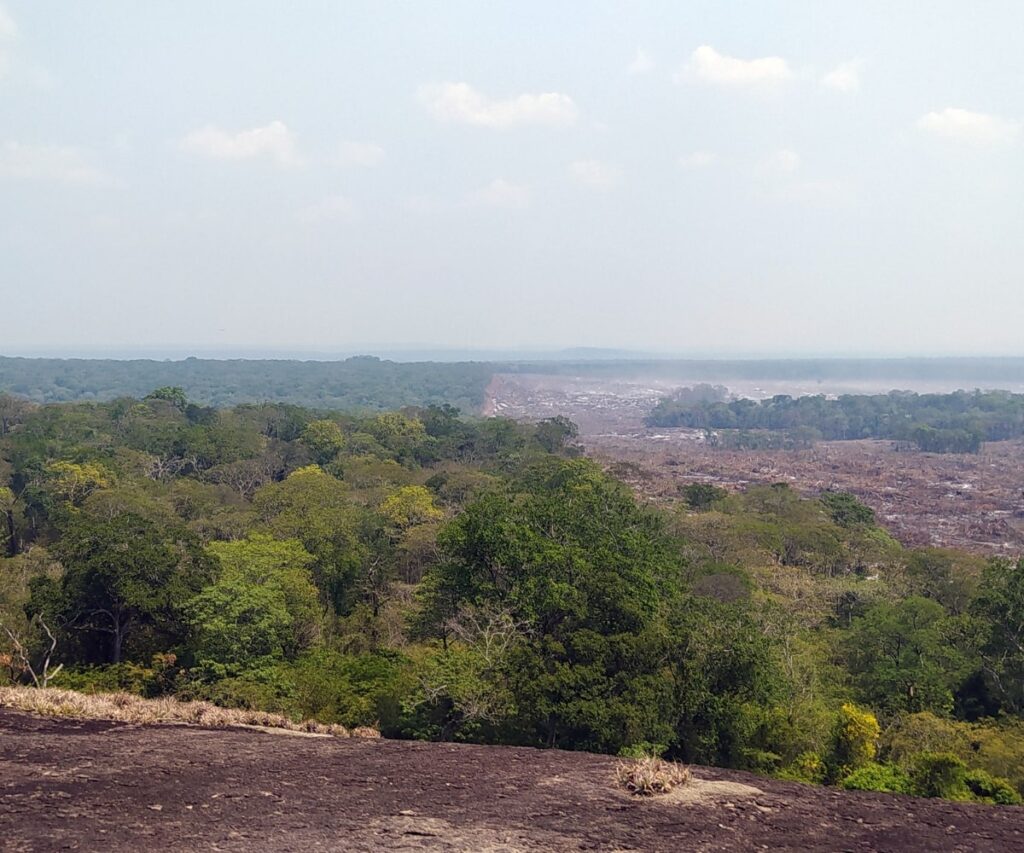
Conserving Chiquitano biodiversity and rivers that feed the Pantanal
The municipal protected area hosts biodiverse dry tropical and Cerrado forest and the Tunas and Santa Maria basins whose rivers drain in the Bolivian Pantanal. Its forests and water sources make the area an ideal refuge for local flora and fauna to find refuge from deforestation, fires and an expanding agricultural footprint.
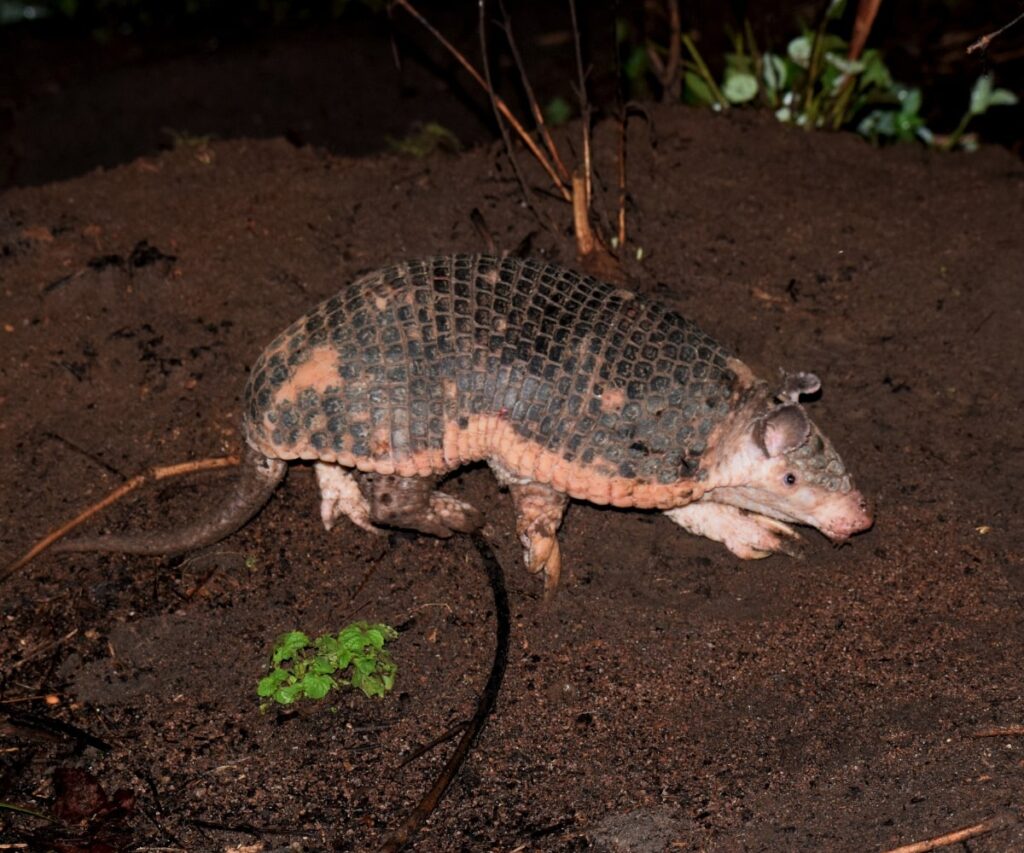
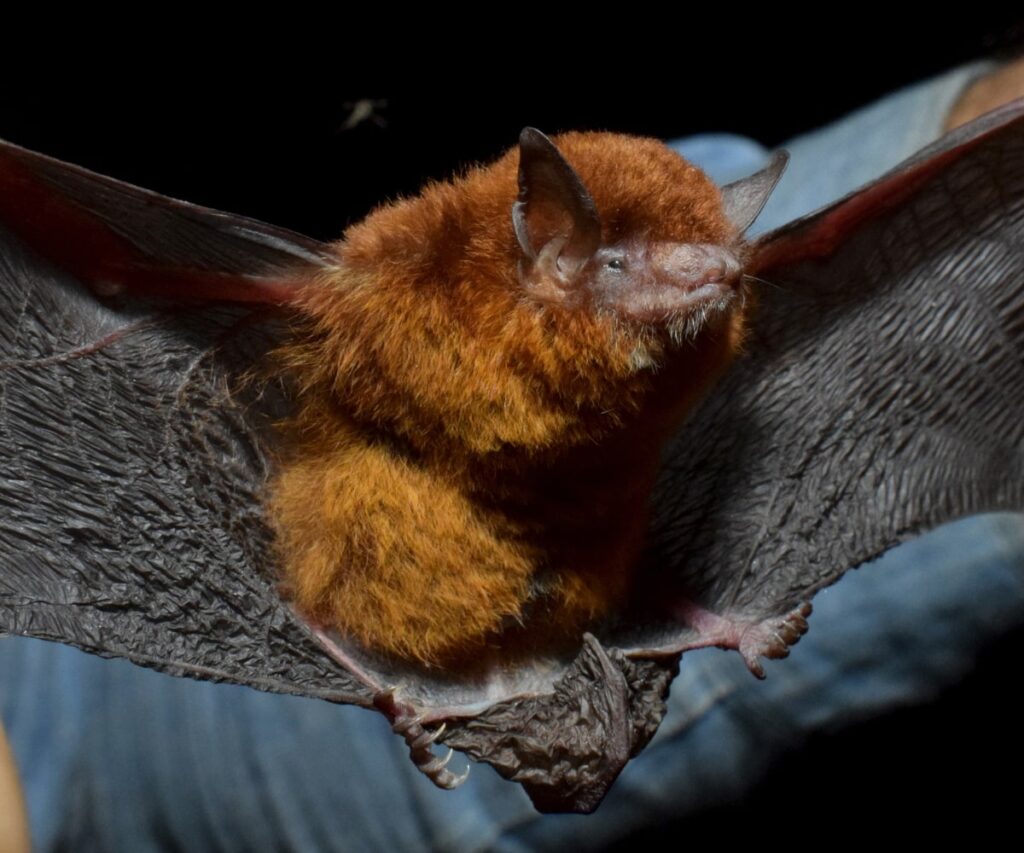
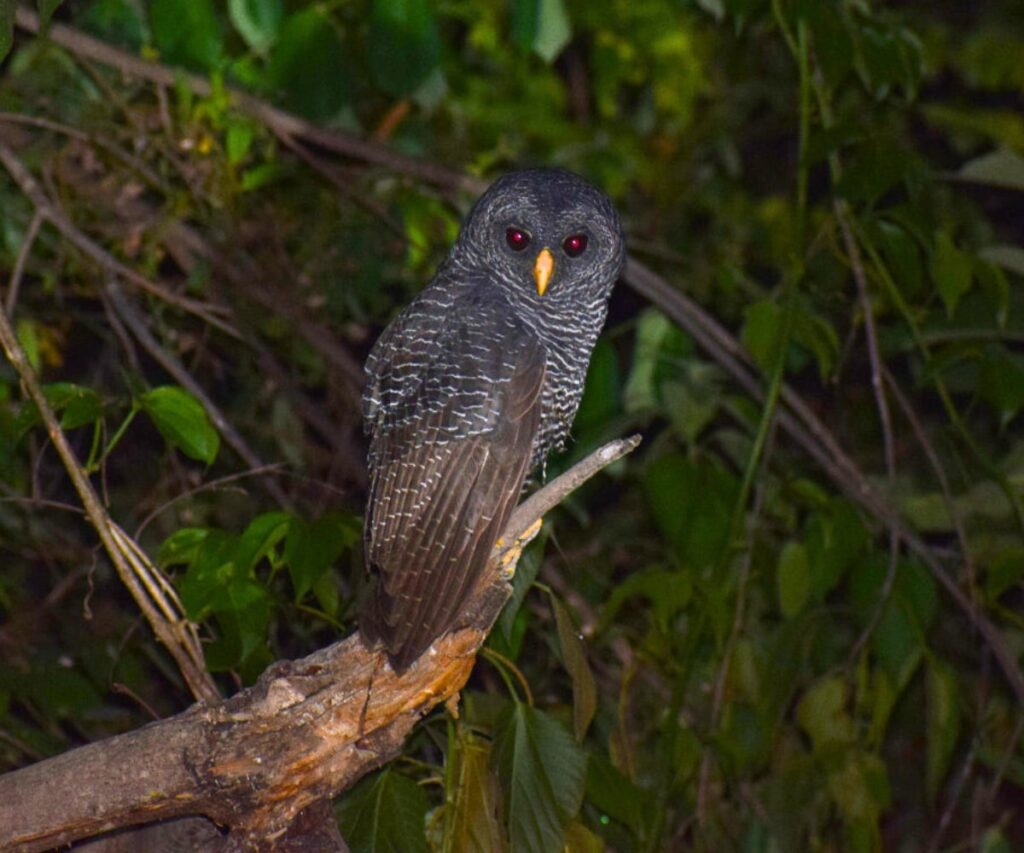
This unique forest shelters at least one critically endangered reptile, the broad-snouted caiman (Caiman latirostris); one endangered bird, the black-and-tawny seedeater (Sporophila nigrofufa) and at least three endangered mammals: The giant armadillo (Priodontes maximus), maned wolf (Chrysocyon brachyurus) and giant otter (Pteronura brasiliensis). According to a biological assessment of the expanded area by the Noel Kempff Mercado Natural History Museum, the area hosts 53 threatened species of birds, 58 species of threatened mammals, 5 species of endangered reptiles and 21 species of endangered plants based on the assessments of the International Union for Conservation of Nature (IUCN) and the Convention on International Trade in Endangered Species of Wild Fauna and Flora (CITES).
In a region prone to prolonged drought, the riparian forests of the protected area that grow alongside the streams and rivers, such as the Bibosi, El Encanto and El Tuná Rivers, provide thick shady foliage, as well as a humid environment and permanent water source, favorable conditions for the refuge of wildlife. Here, wetlands hosting diverse species of amphibians provide an ample food source for birds and mammals while in the Cerrado forest and grasslands of the area, insectivorous bats seek food in the open fields and armadillos and cottontail rabbits escape predators by hiding in the tall grasses. Additionally the salt flats the area hosts are an important source of minerals for wildlife.
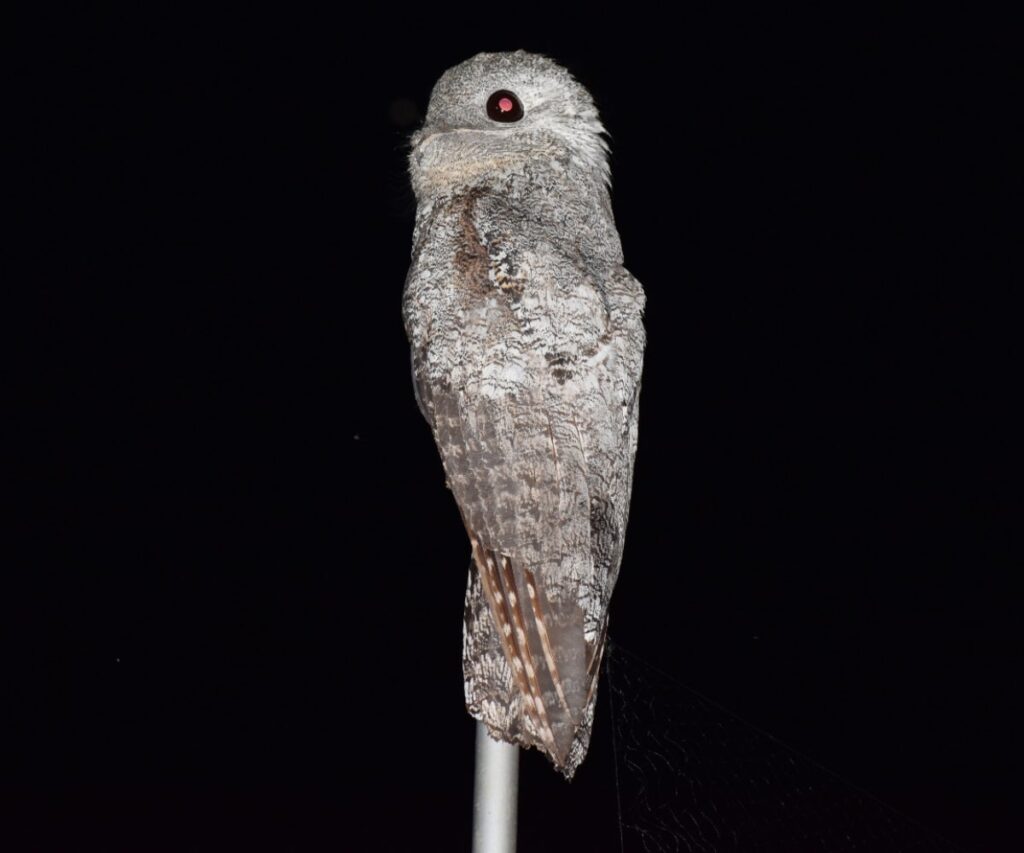
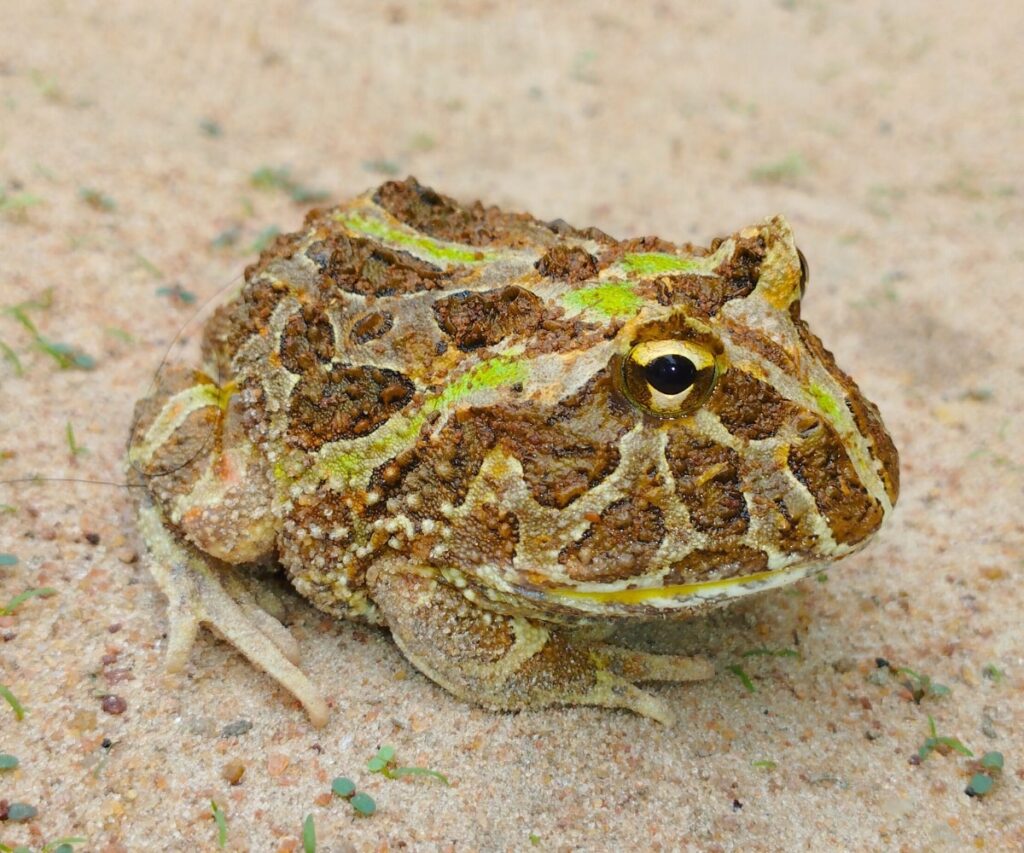
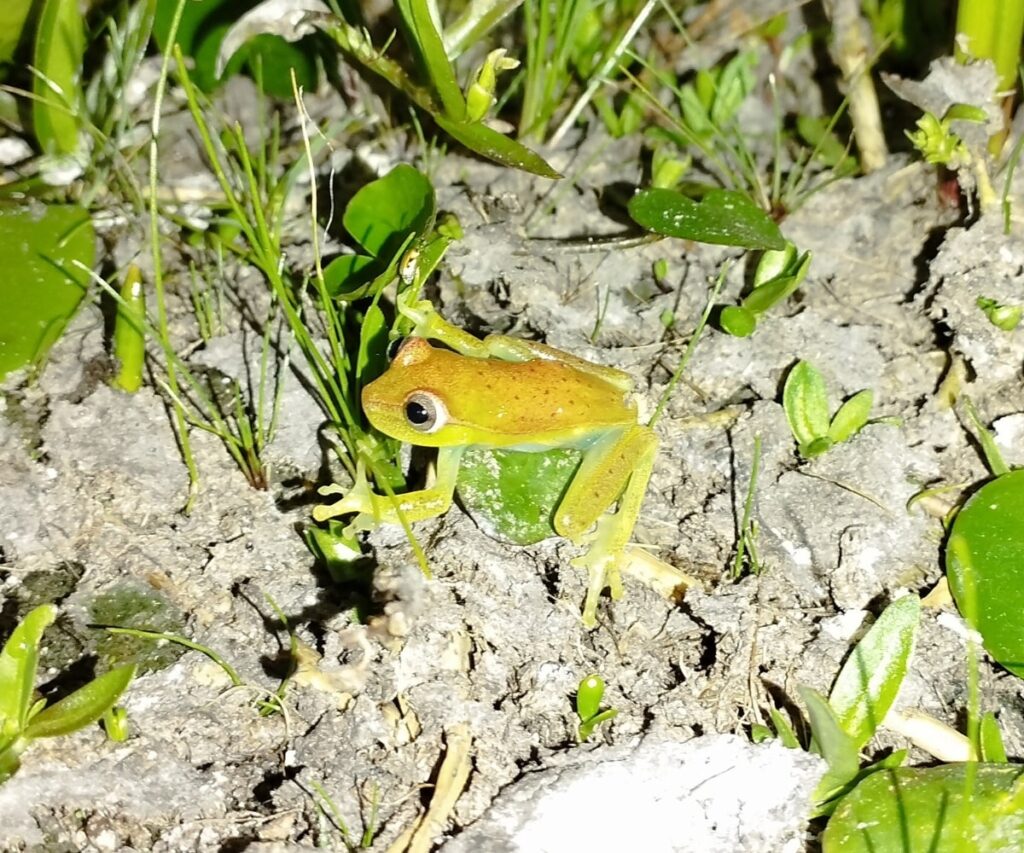
As the headwaters for the Pantanal, the Chiquitano forest is strongly linked to the flooding and fire regimes typical of its grasslands. Flooding causes large annual displacements from open grasslands into higher forested land for fauna such as marsh deer (Blastocerus dichotomus) and white-lipped peccary (Tayassu pecari).
Acknowledgements:
The expansion of the San Rafael de Velasco municipal protected area was made possible by the San Rafael de Velasco Municipal Government and council and local communities. Technical support for the expansion was provided by Proteccion del Medio Ambiente Tarija (PROMETA) in partnership with the Foundation for Conservation of the Chiquitano Forest (FCBC), with the financial support of the Andes Amazon Fund and Art into Acres.
MAKE AN IMPACT
Learn how we can make an impact in our world together. Donate or get involved by subscribing to our email list:
